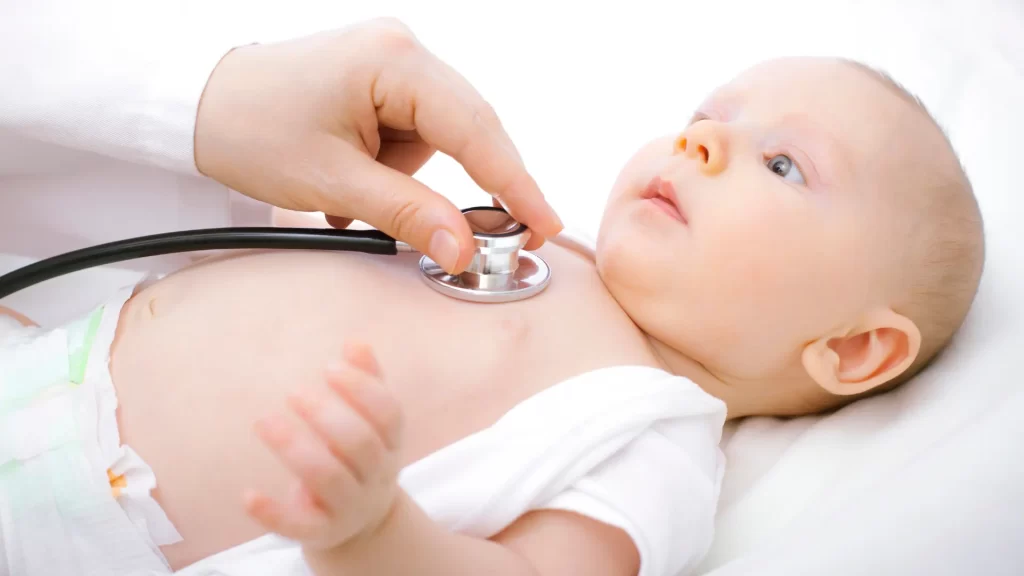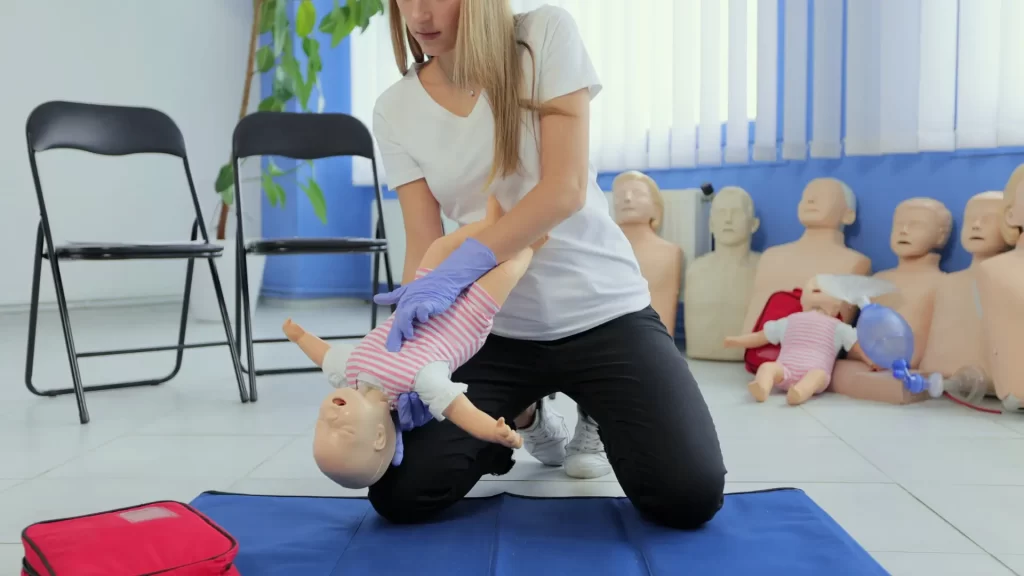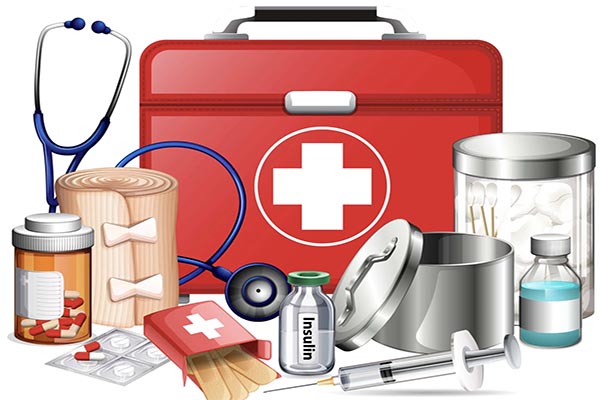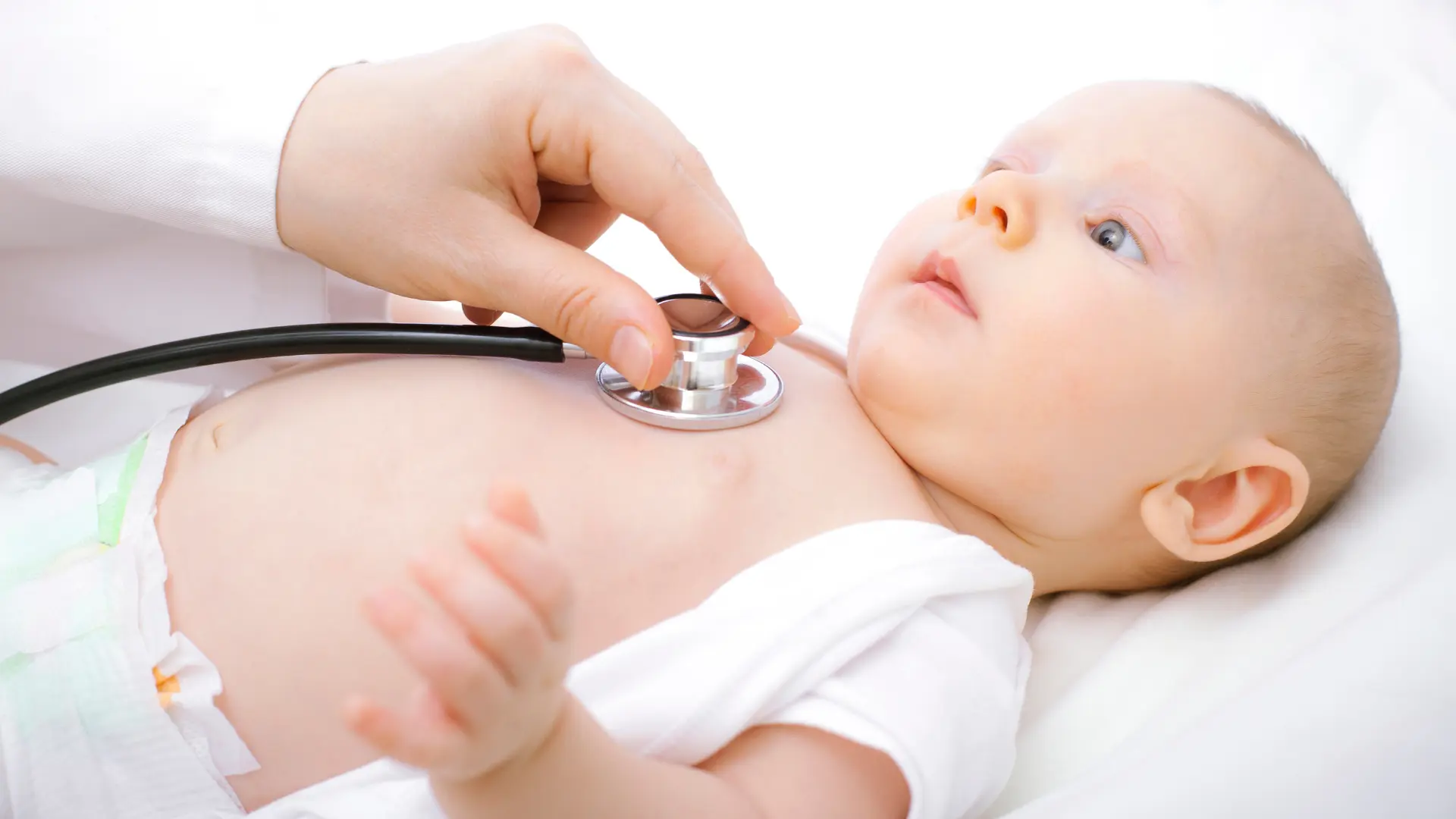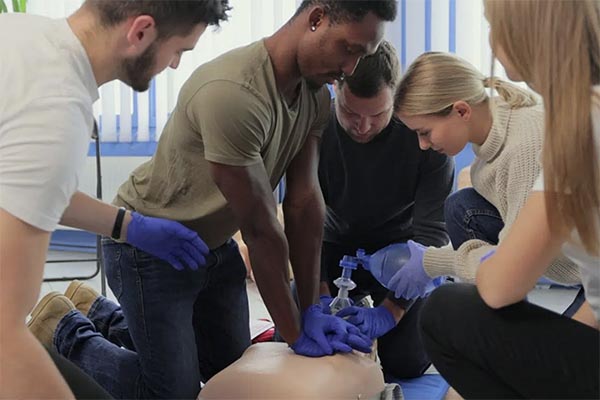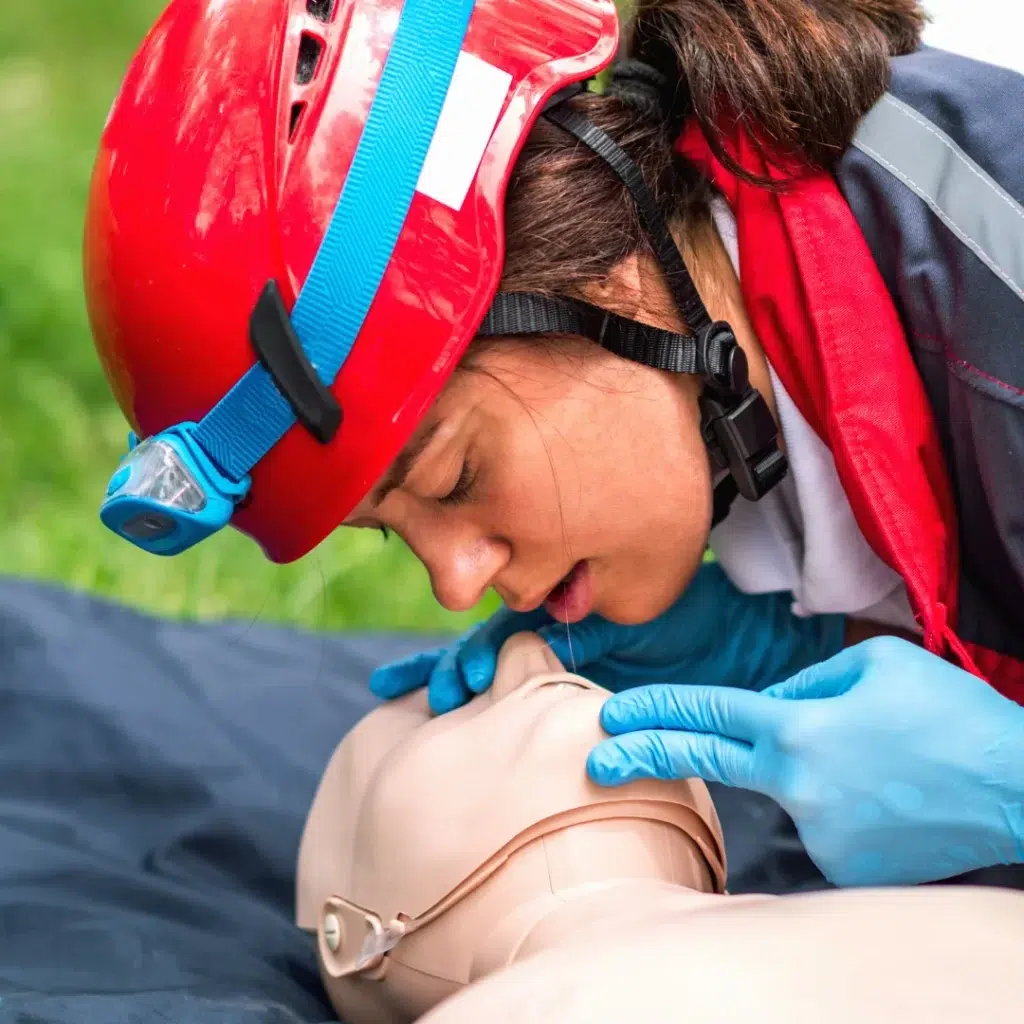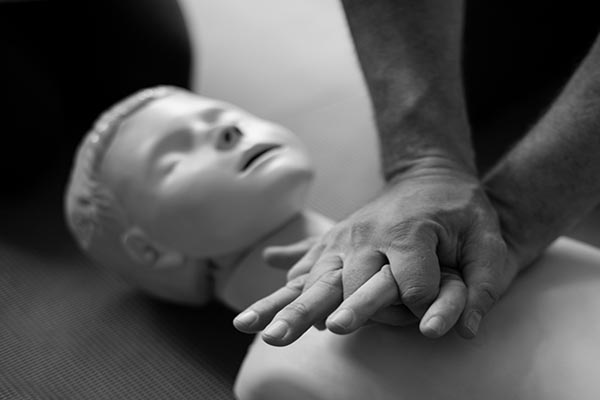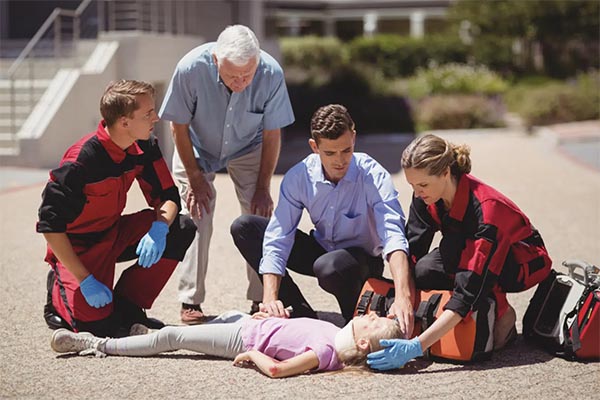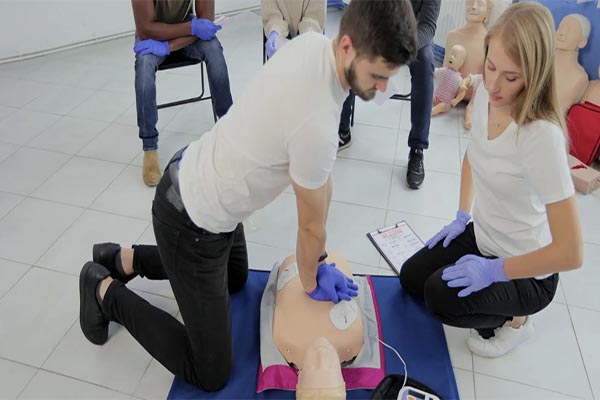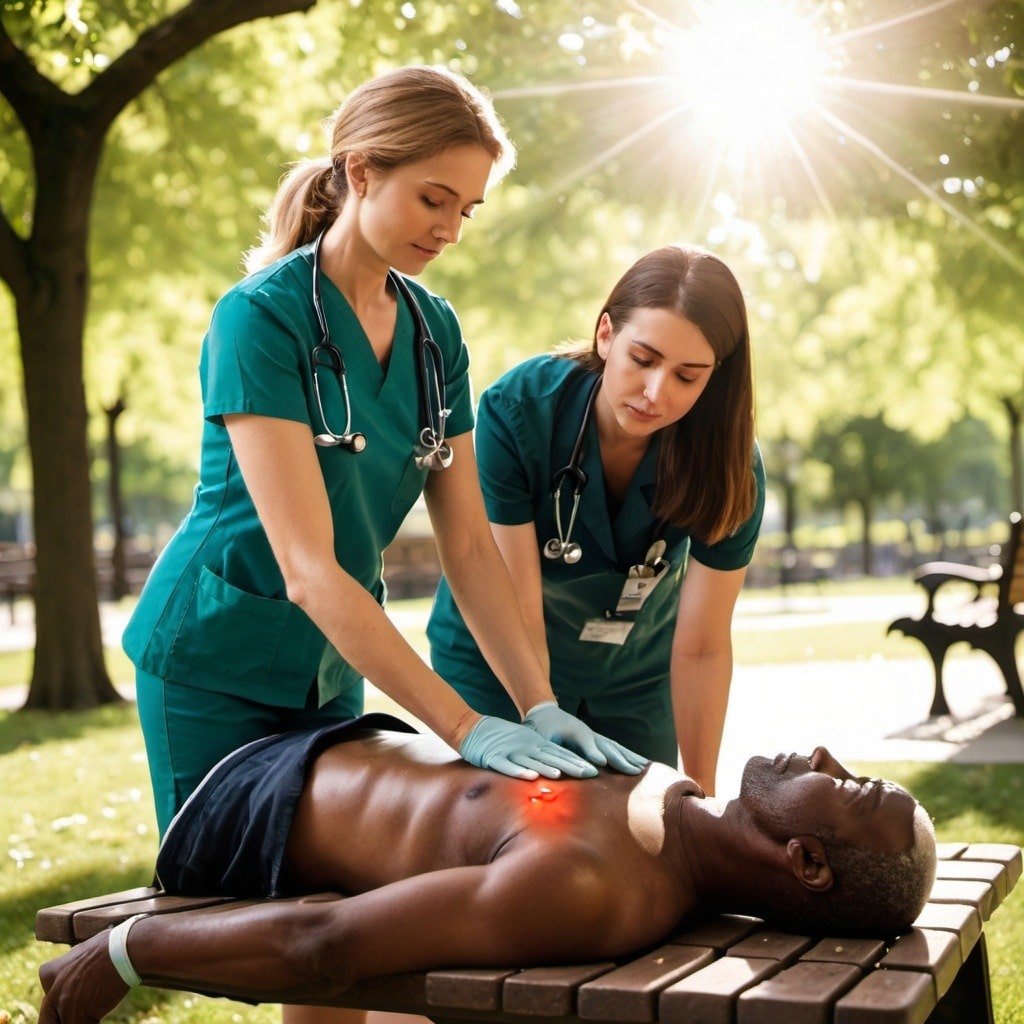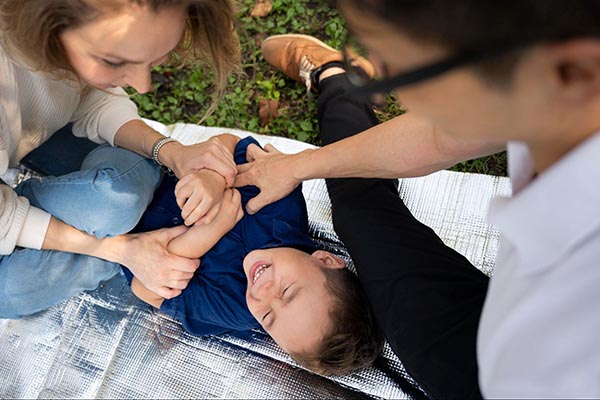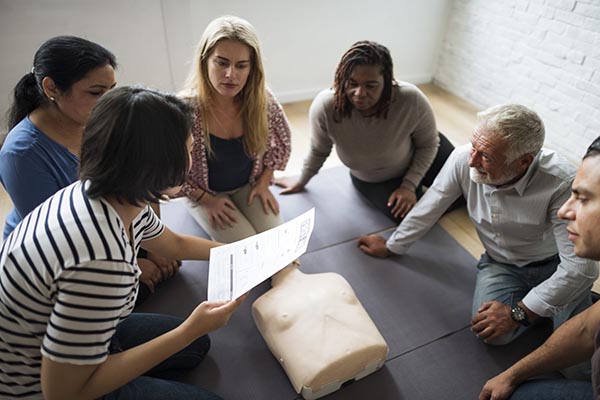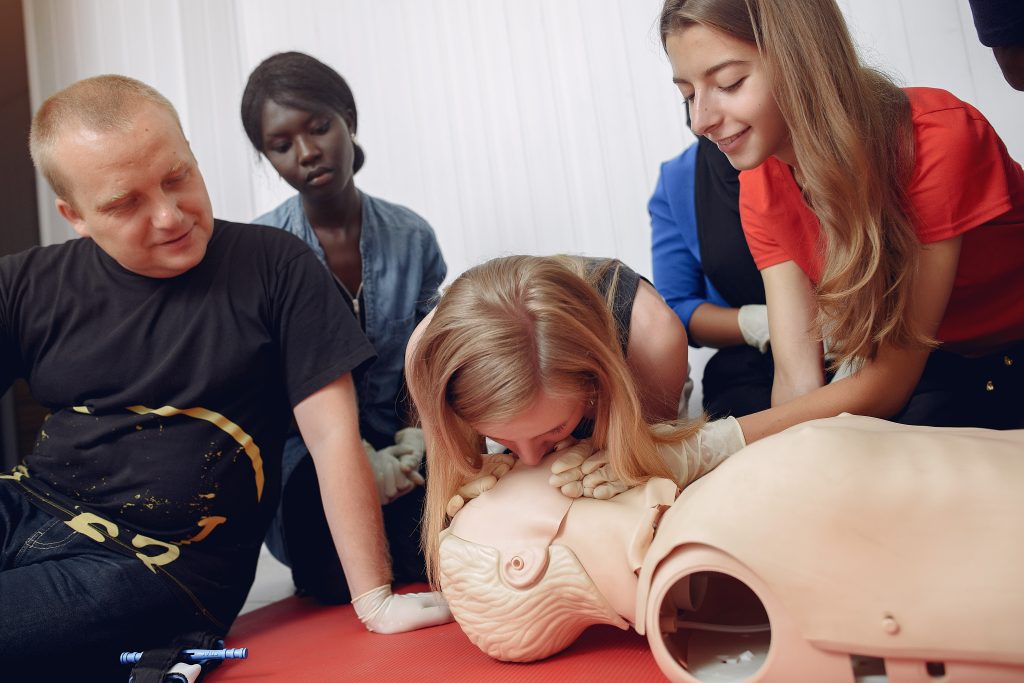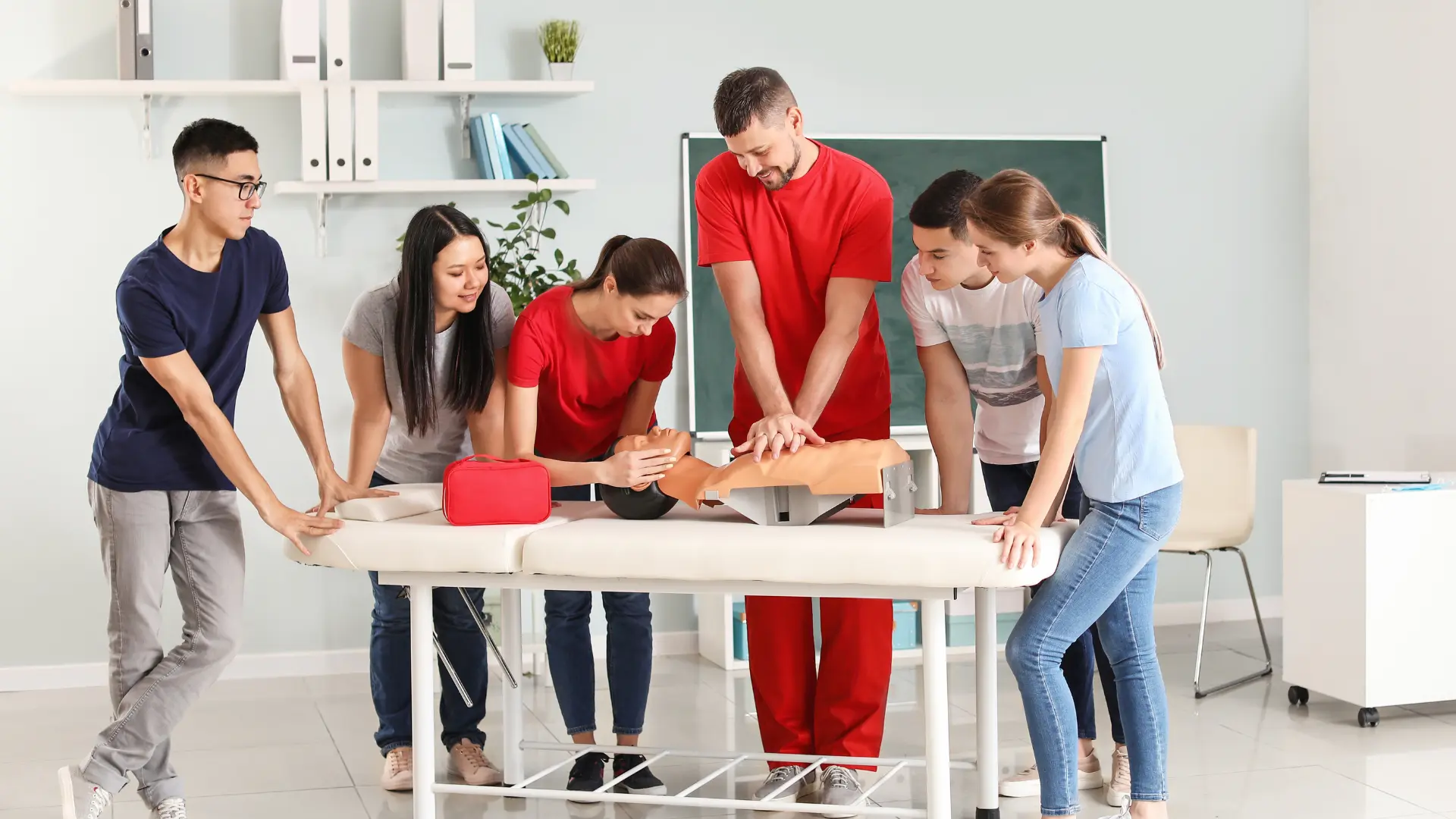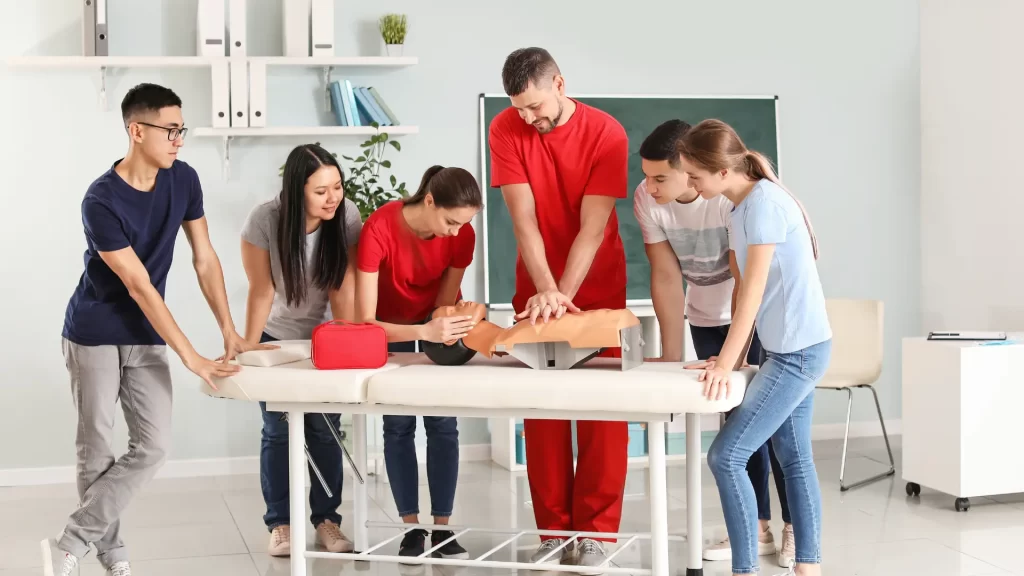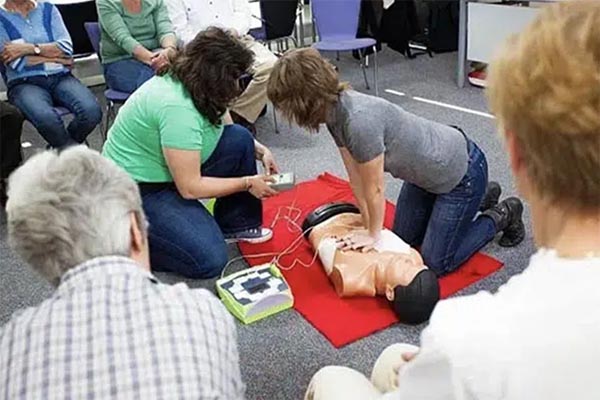Why Every Parent Should Learn Infant CPR
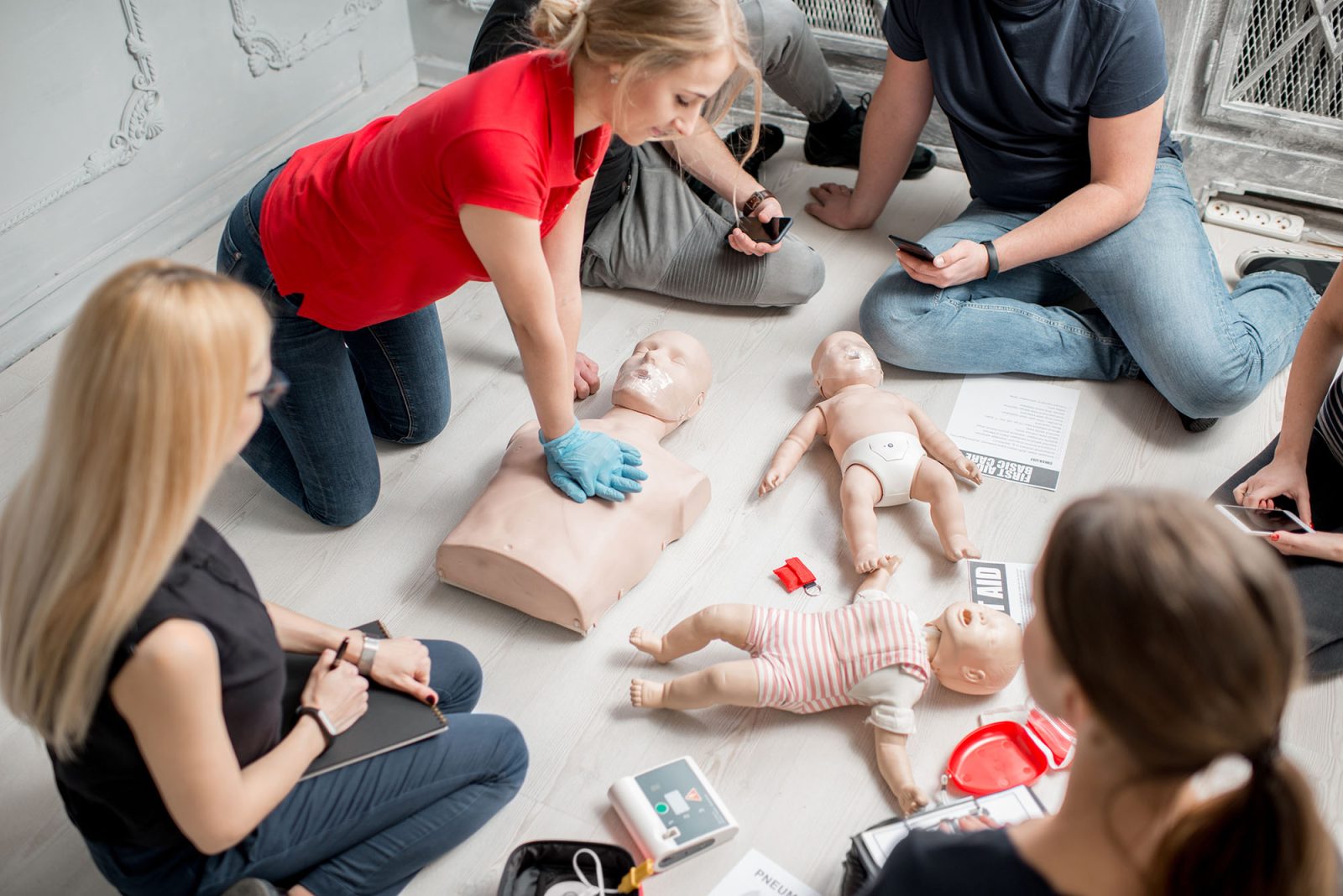
Why Every Parent Should Learn Infant CPR

Every parent hopes they’ll never have to use CPR on their baby, but knowing how to perform infant CPR can mean the difference between life and death in an emergency. Learning infant CPR equips you with the skills to respond quickly and effectively if your child stops breathing. In this article, we’ll explore why every parent should learn infant CPR, where to find courses, and how tools like infant CPR dolls and manikins can aid in your training.
Understanding Infant CPR
Infant CPR is a life-saving technique used when an infant is not breathing or their heart has stopped beating. Unlike adult CPR, infant CPR requires a different technique due to the fragile nature of a baby’s body. It involves gentle chest compressions and rescue breaths to keep blood and oxygen circulating in their body until professional medical help arrives.
Why is Infant CPR Important?
The importance of knowing infant CPR cannot be overstated. Accidents can happen in an instant, and babies are particularly vulnerable to choking, suffocation, or sudden illnesses that can halt their breathing.
- Choking Hazards: Infants explore the world by putting things in their mouths. Small objects, food, or toys can become choking hazards, obstructing their airways.
- SIDS: Sudden Infant Death Syndrome (SIDS) is a worry for many parents. Knowing infant CPR can be crucial if a baby suddenly stops breathing.
- Emergency Situations: In emergencies where an infant stops breathing, every second counts. Immediate CPR can increase the chances of survival and minimize potential brain damage.
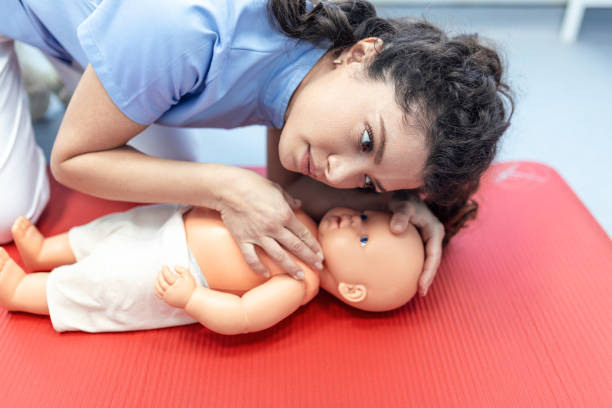
How to Learn Infant CPR
Learning infant CPR is a straightforward process, and there are several resources available to help parents get trained.
Finding a Course Near You
Many organizations offer infant CPR courses, often in partnership with hospitals, community centers, or local health departments. You can find courses by searching for “infant CPR near me” online, or by contacting local hospitals and asking about available classes. Some well-known organizations offering CPR certification include:
- American Red Cross: Provides comprehensive courses in person and online.
- American Heart Association: Offers a “Heartsaver” course focused on infant CPR.
- Local Hospitals: Many hospitals offer classes for new and expecting parents.
Practicing with Infant CPR Dolls and Manikins
Practical experience is essential when learning CPR. Infant CPR dolls and manikins provide a realistic way to practice the technique, allowing you to become comfortable with the pressure and placement needed for effective chest compressions.
- Infant CPR Dolls: These are life-sized, anatomically correct dolls designed to help learners practice CPR techniques safely.
- Infant CPR Manikins: Advanced manikins offer feedback on the depth and rate of compressions, helping ensure proper technique.
Steps for Performing Infant CPR
While training with a professional is crucial, here’s a basic overview of the steps involved in infant CPR:
- Check Responsiveness: Gently tap the baby and shout to see if they respond. If there’s no response, call emergency services immediately.
- Open Airway: Place the baby on their back on a firm surface. Tilt their head slightly back to open the airway.
- Check for Breathing: Look, listen, and feel for breathing for no more than 10 seconds. If the baby is not breathing or only gasping, begin CPR.
- Give Chest Compressions:Use two fingers to give compressions in the center of the chest just below the nipple line.Press down about 1.5 inches at a rate of 100-120 compressions per minute.
- Provide Rescue Breaths:Cover the baby’s nose and mouth with your mouth to create a seal.Give two gentle breaths, each lasting about 1 second, watching for the chest to rise.
- Repeat: Continue cycles of 30 compressions and two breaths until help arrives or the baby starts breathing.
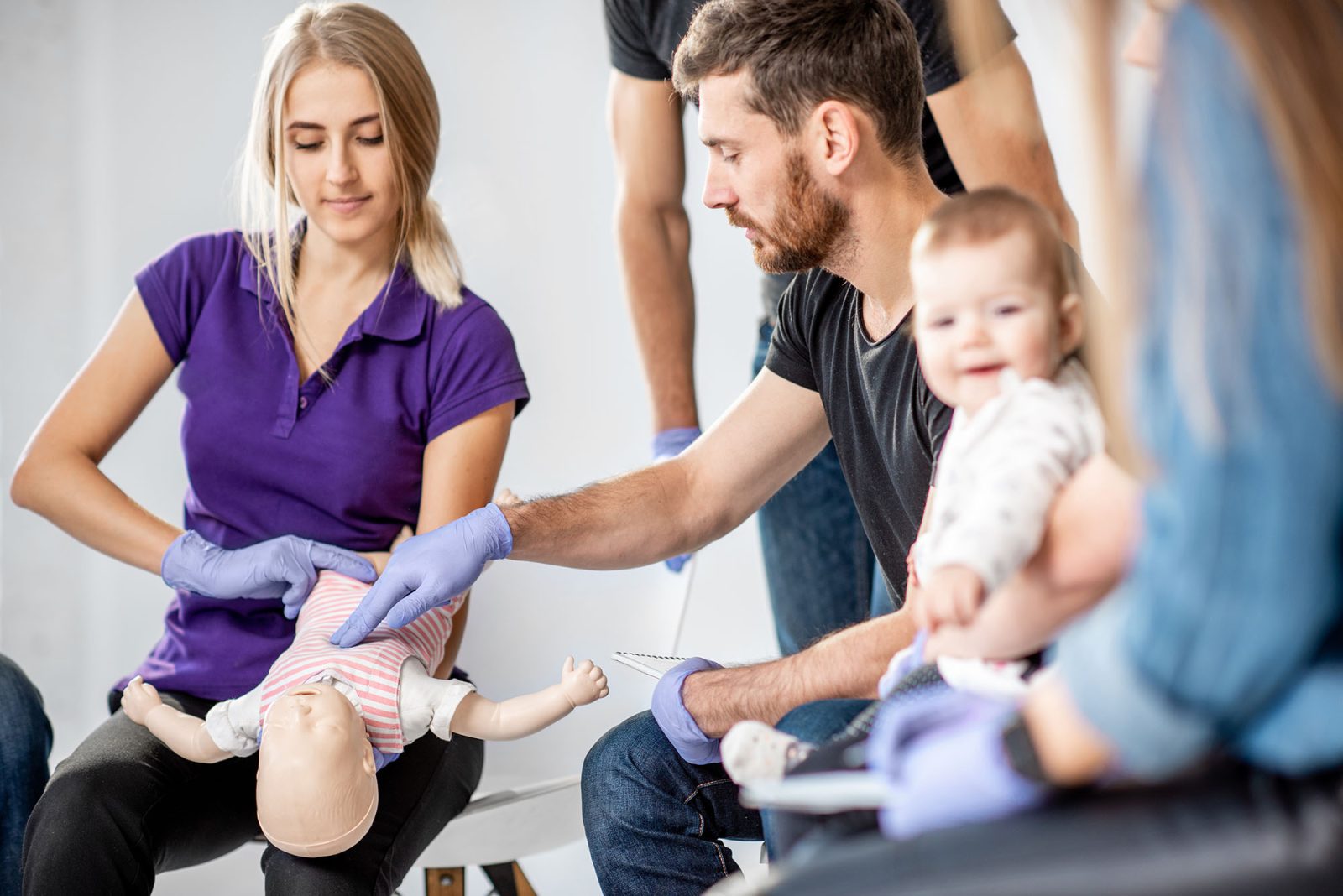
The Emotional Aspect of Learning CPR
Learning CPR can be emotionally challenging for parents, as it involves confronting the terrifying possibility of an emergency involving their child. However, many parents find comfort in being prepared and knowing they have the skills needed to act in a crisis.
Building Confidence
Completing a CPR course boosts confidence, ensuring parents are prepared and not paralyzed by fear in an emergency. The hands-on practice with infant CPR manikins reinforces learning and helps parents feel more secure in their abilities.
Reducing Anxiety
Knowing infant CPR can reduce anxiety about potential emergencies, allowing parents to focus on enjoying time with their baby rather than worrying about worst-case scenarios.
Conclusion
Infant CPR is an essential skill for every parent. While no one wants to imagine a situation where they must use it, being prepared can save your child’s life. Through accessible courses and practice with tools like infant CPR dolls and manikins, parents can confidently face emergencies. Don’t wait for a crisis to learn these critical skills – seek out a course today and equip yourself with the knowledge to protect your little one.
In summary, learning infant CPR is a proactive step that provides peace of mind and the ability to act swiftly when it matters most. Equip yourself with this life-saving knowledge and be the hero your child needs in an emergency.
Take CPR and First Aid Classes with CPR Classes Near Me
Don’t wait for an emergency to strike before learning life-saving skills. Take proactive action and enroll in CPR and First Aid classes with CPR Classes Near Me. Equip yourself with the knowledge and confidence to respond swiftly and effectively in critical situations. Whether you’re a parent, caregiver, or simply concerned about the well-being of others, these classes provide invaluable skills that can make a difference in saving lives. Don’t hesitate, be prepared – sign up for CPR and First Aid classes today with CPR Classes Near Me.
AHA BLS CPR & AED Classes
FAQ
Our primary goal is to ensure that you receive a top-quality CPR/First Aid certification. With our in-person training in Austin, you can learn CPR and BLS in just one class. Your presence is all that’s needed to continue with your lesson! During your session, you will complete all the live-training components necessary to ensure you receive your AHA Healthcare Provider certification card.
Our CPR Classes in Austin are discounted to $59.95 (saving you $20), and our CPR + First Aid Class is offered at $79.95 (also saving you $20). When looking for CPR Classes, ensure to check for the American Heart Association seal. Other sites might seem cheaper but frequently lack the official training credentials demanded by employers.
Upon successful completion of the course, you will obtain a CPR certification that is valid for two years. The AHA CPR certification is recognized with the highest acceptance rate among employers nationwide.
Indeed! Enroll in any CPR Certification Austin BLS course to extend your certification for an additional two years. The in-person BLS course and the Renewal Class are identical.
Anyone capable of completing the course independently should consider pursuing CPR training and CPR Certification. There is no minimum age restriction for obtaining a CPR certification in Austin through the American Heart Association (AHA)..
CPR training needs to be carried out in person to guarantee its effectiveness. Our experienced instructors offer an engaging and dynamic learning experience. Typically, employers do not recognize CPR certifications that are obtained solely through online courses.
All authorized American Heart Association training centers are obligated to display the entire video. After a three-hour session with CPR Classes Near Me Austin, your BLS CPR eCard will be promptly issued by the instructor on the same day!
Recent Posts
- Safeguarding Little Lives: Essential First Aid for Austin’s Educators
- Austin ER: Critical Team Dynamics in Resuscitation
- The Ultimate Guide to BLS Certification in Austin
- The Essential Guide to BLS Certification for Nurses and Medical Staff
- AHA BLS vs. Other Certifications: A Comprehensive Breakdown


